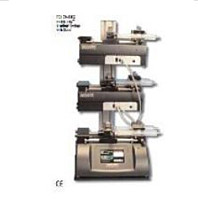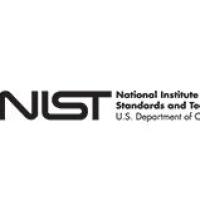Use of Disulfide Cationic Lipids in Plasmid DNA Delivery
互联网
474
Gene therapy provides a paradigm of the treatment of human diseases. The ultimate goal of gene therapy is to cure both inherited and acquired disorders by removing the original causes, i.e., adding, blocking, correcting, or replacing genes. Although gene therapy trials have been initiated worldwide for more than two decades, little has been achieved in clinically curing diseases. One of the major hurdles for gene therapy is the lack of an efficient gene delivery system. An ideal gene delivery system should be specifically targeting, biodegradable, nontoxic, nonimmunogenic, and stable for storage. Cationic lipo-somes are the most extensively investigated nonviral vectors. It is generally believed that DNA-liposome complexes enter cells via endocytosis, although other pathways such as membrane fusion may exist (1 ,2 ). The barriers involved in the transfection process in vitro generally include the following aspects (3 ):
| 1. | Formation of the liposome-DNA complexes. |
| 2. | Entry of complexes into cell. |
| 3. | Escape of DNA from the endosomes. |
| 4. | Dissociation of DNA from liposomes. |
| 5. | Entry of DNA into nucleus. |
| 6. | DNA transcription. |









